A DIY Tracker Tough Enough for the Arctic
Cars That Think
MARCH 24, 2022
So, I set about building an open-source ice tracker from DIY components that not only proved to be much, much cheaper but also much more capable than the commercial options. This consumed around 350 milliamperes while running at 5 volts for about 1.7 V, making it more than 1,000 times as power efficient at approximately 1.7

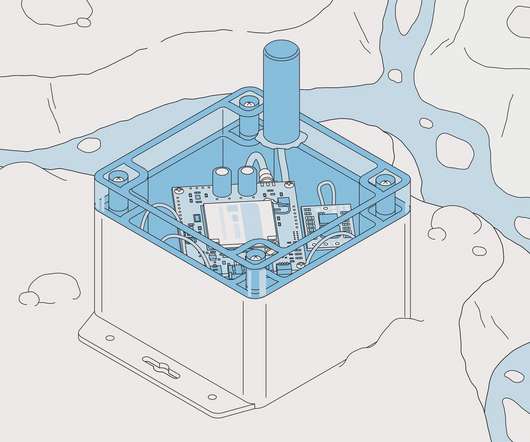
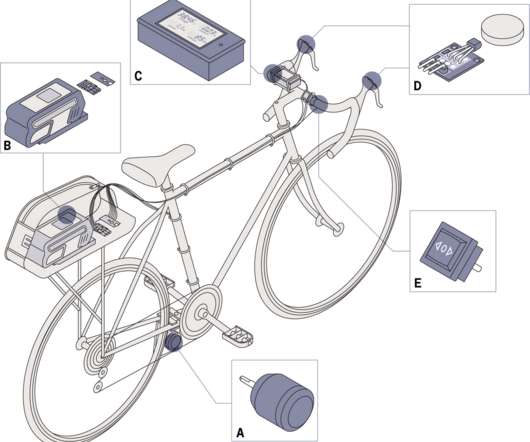

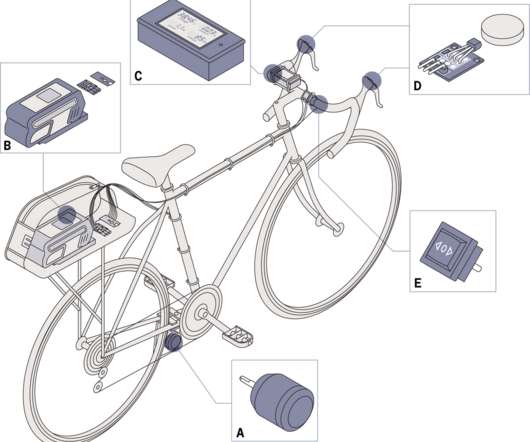

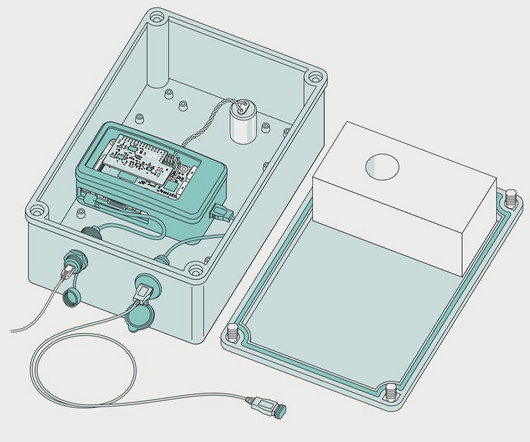


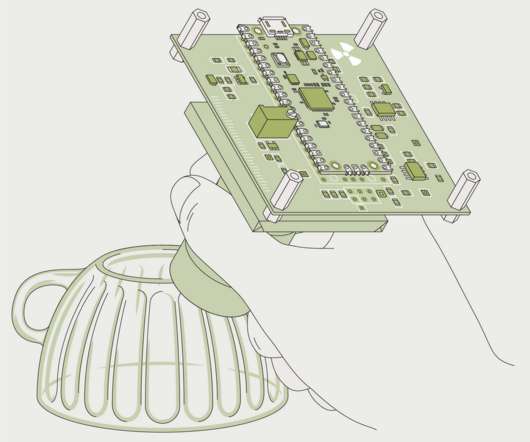


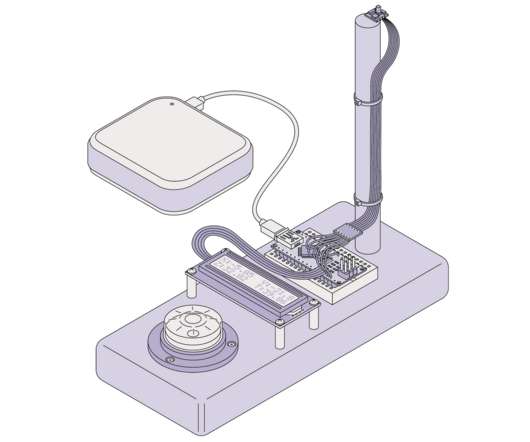
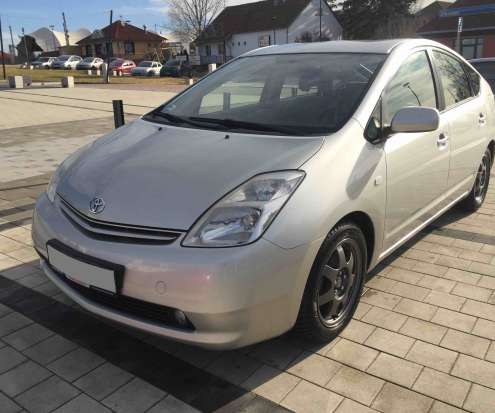

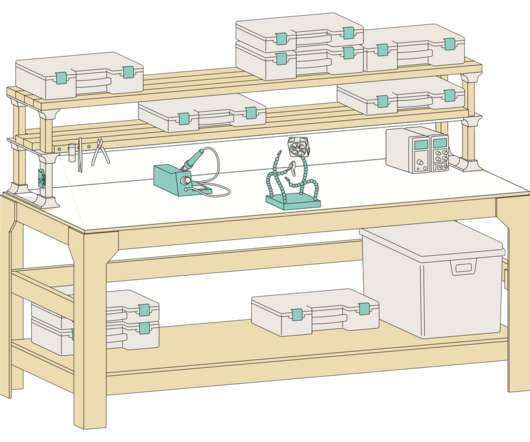

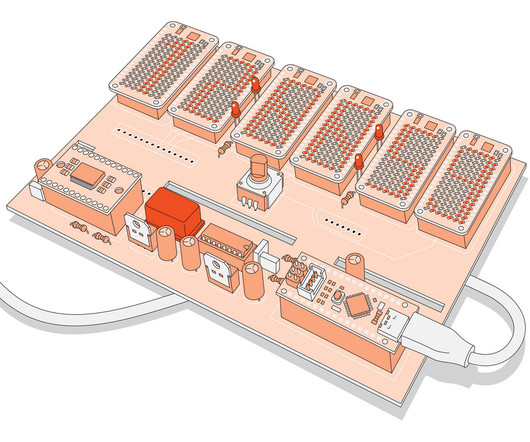
















Let's personalize your content